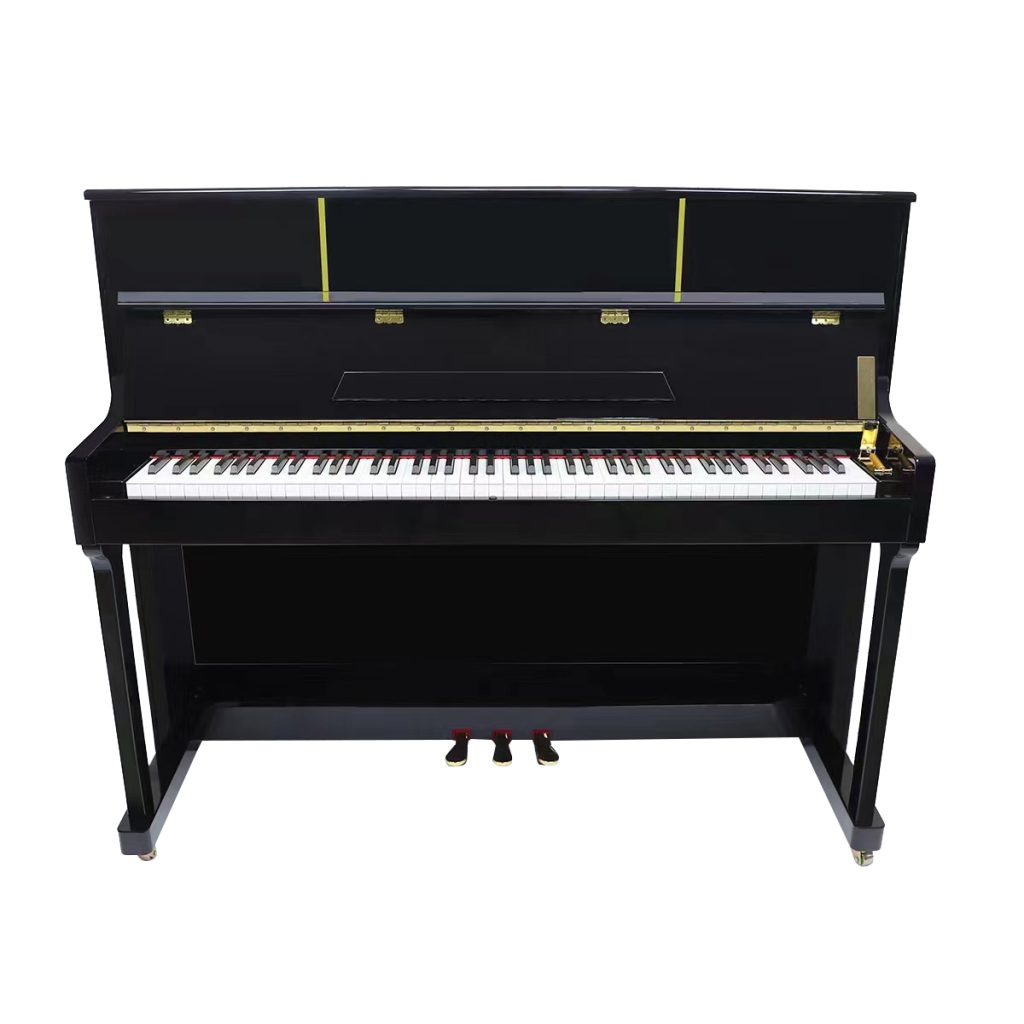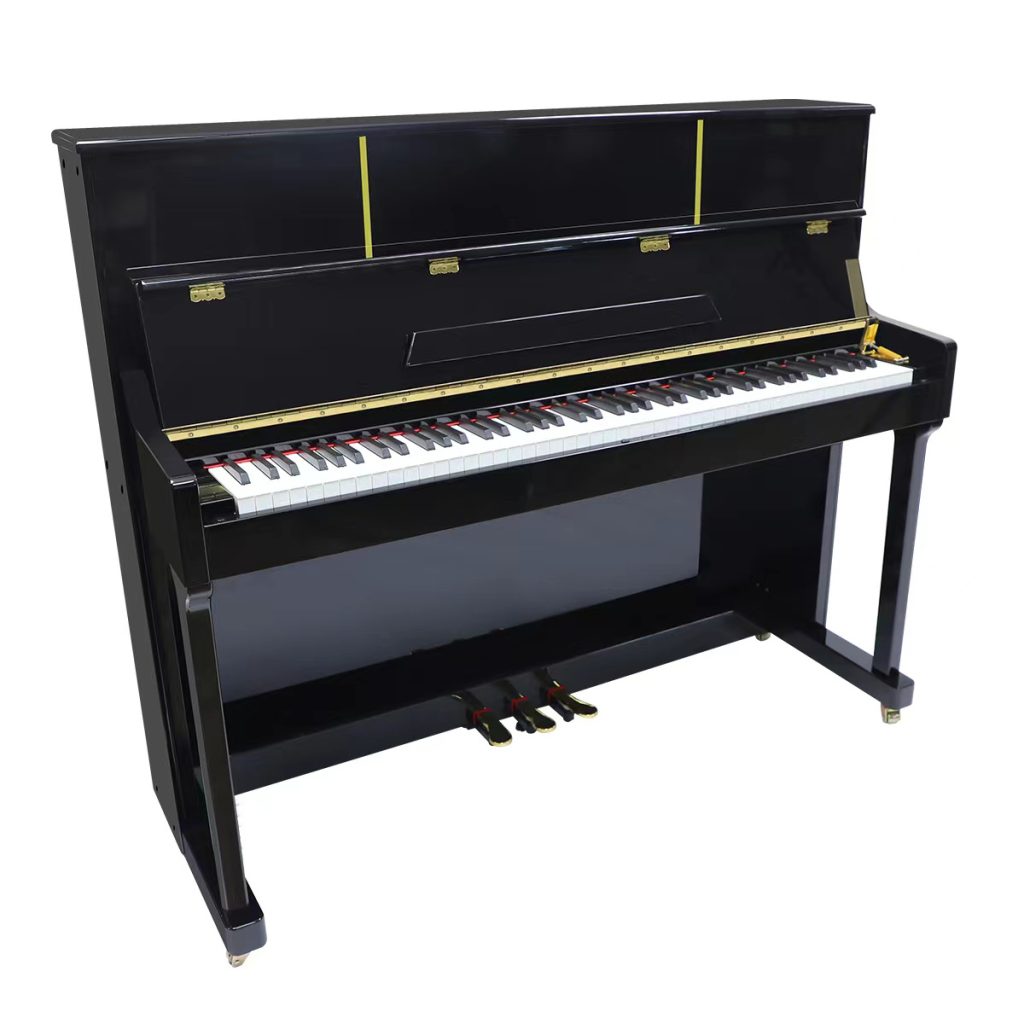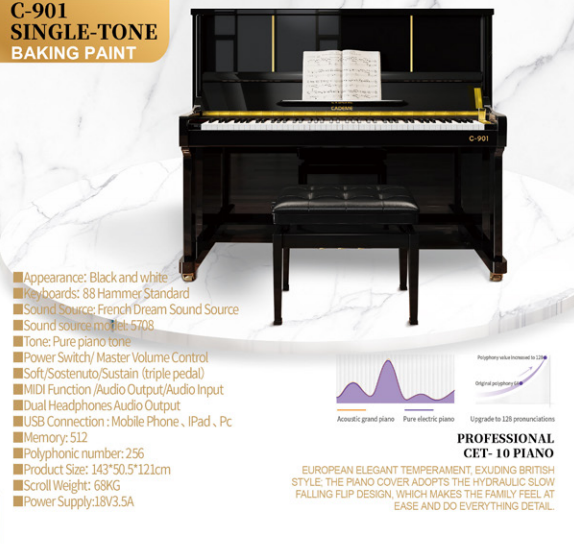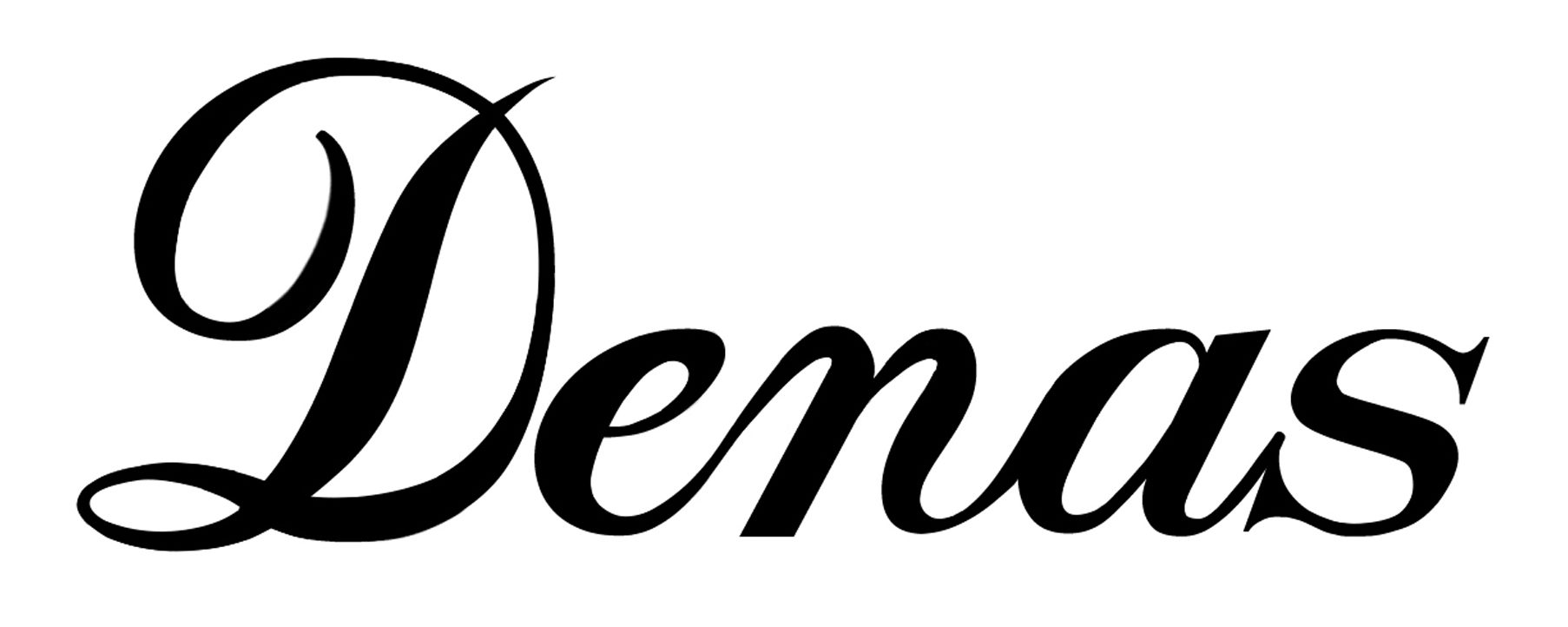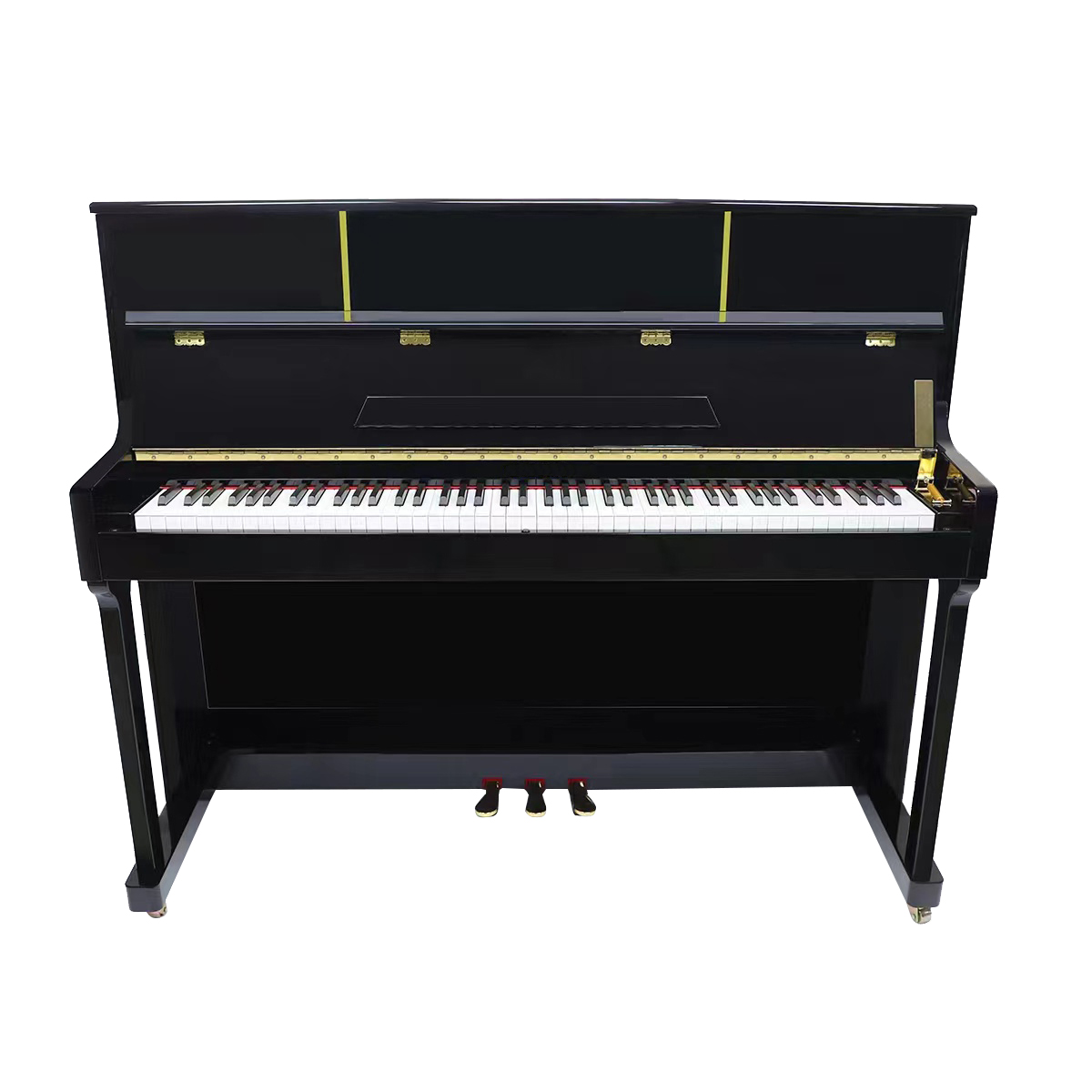The world of pianos is divided into two primary categories: traditional acoustic pianos and modern digital pianos. While acoustic pianos are revered for their rich, resonant sound and timeless craftsmanship, they come with a significant maintenance burden. Digital pianos, on the other hand, offer unparalleled convenience, requiring virtually no tuning or upkeep. In this article, we will explore the key differences between the two, focusing on maintenance requirements and why digital pianos are the more hassle-free option.
The Need for Regular Tuning in Traditional Pianos
Why Do Acoustic Pianos Require Tuning?
Acoustic pianos rely on a complex system of wooden components, steel strings, and felt-covered hammers. The tension of over 230 strings, each exerting around 150 to 200 pounds of pressure, plays a crucial role in sound production. Over time, these strings gradually lose tension due to:
- Changes in humidity and temperature – Wood expands and contracts based on environmental factors.
- Frequent playing – The vibrations caused by striking strings can alter their tension.
- Settling of new pianos – A brand-new acoustic piano requires frequent tuning in its first year.
To maintain optimal sound quality, an acoustic piano must be tuned at least twice a year, sometimes more often in fluctuating climates.
Additional Maintenance Requirements for Acoustic Pianos
Apart from tuning, traditional pianos require ongoing care, including:
- Regulation of the action mechanism – Adjustments are needed to ensure consistent key response and hammer movement.
- Voicing the hammers – Over time, hammers harden and require reshaping to maintain tonal consistency.
- String replacement – Broken or corroded strings must be replaced, which can be costly and time-consuming.
- Cleaning and dusting – Dust accumulation inside the piano can affect performance.
Owning an acoustic piano is a long-term commitment that demands time, effort, and financial investment in upkeep.
Why Digital Pianos Require Little to No Maintenance
No Need for Tuning
One of the biggest advantages of digital pianos is that they never require tuning. Unlike acoustic pianos, digital models produce sound electronically, ensuring:
- Consistent pitch and tone – The sound remains stable regardless of external conditions.
- No impact from humidity and temperature – Digital pianos are immune to seasonal changes.
- Zero costs for tuning services – Eliminating the need for professional tuning saves hundreds of dollars annually.
Minimal Wear and Tear
Digital pianos are designed with durable materials, reducing the likelihood of mechanical failures. Key benefits include:
- No strings or felt hammers – This eliminates common wear-and-tear issues found in acoustic pianos.
- Long-lasting key action mechanisms – Modern digital pianos replicate the feel of real pianos using weighted keys, but they do not degrade as quickly.
- No risk of soundboard cracks – Acoustic pianos suffer from soundboard warping over time, a problem nonexistent in digital pianos.
Easy Maintenance and Longevity
To keep a digital piano in top condition, owners simply need to:
- Keep it clean – Regularly wipe the keys and exterior to prevent dust buildup.
- Update firmware (if applicable) – Some models offer software updates to enhance performance.
- Protect from power surges – Using a surge protector ensures electronic components remain undamaged.
Overall, digital pianos offer a hassle-free ownership experience, making them ideal for beginners and professionals alike.
Comparing Costs: Acoustic vs. Digital Piano Maintenance
Ongoing Expenses for Acoustic Pianos
Owning an acoustic piano comes with recurring costs, including:
- Tuning: $100 – $200 per session (at least twice a year).
- Regulation and voicing: $300 – $500 every few years.
- String replacement: $100 – $300 per string.
- Climate control solutions: Dehumidifiers or humidifiers to protect the wood.
Minimal Costs for Digital Pianos
With digital pianos, the only potential expenses include:
- Occasional software updates (usually free from manufacturers).
- Electricity usage (minimal compared to other household appliances).
- Optional accessories like sustain pedals, stands, or external speakers.
Over time, the cost savings of digital pianos can be substantial, making them a budget-friendly choice.
Who Should Choose a Digital Piano?
Beginners and Students
For those just starting, a digital piano provides an affordable and low-maintenance introduction to music. Without the need for tuning, students can focus entirely on learning and improving their skills.
Professional Musicians and Performers
Many stage performers prefer digital pianos for their portability, sound variety, and ease of use. Unlike acoustic pianos, which require careful transport and setup, digital models can be easily carried and set up within minutes.
Home Users and Hobbyists
A digital piano is an excellent choice for casual players who want a reliable instrument with minimal upkeep. Whether used for practice, leisure, or recording, digital pianos offer flexibility without the burden of maintenance.
Digital Pianos Are the Future of Hassle-Free Music
While traditional acoustic pianos hold timeless appeal, their high maintenance requirements make them impractical for many users. Digital pianos offer the perfect balance of convenience, cost-effectiveness, and sound quality, making them an ideal choice for modern musicians.
If you are looking for a low-maintenance, high-quality piano experience, a digital piano is undoubtedly the smarter investment.
